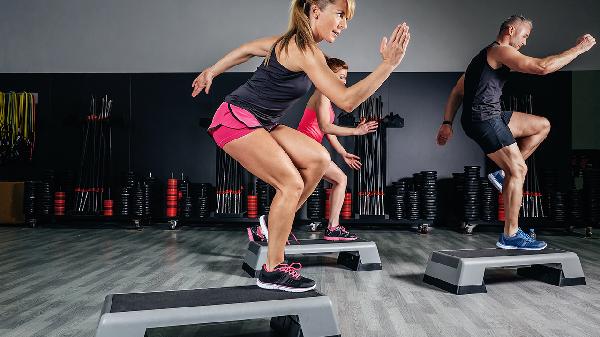Running has long been painted as the villain in joint health conversations, with many assuming that pounding the pavement inevitably leads to wrecked knees. But here's the truth bomb: running isn't inherently bad for your joints—it's how you run that makes all the difference. Think of it like eating pizza; one slice won't kill you, but demolishing the whole pie every night? That's when problems start.
The Science Behind Running and Joint Health
Contrary to popular belief, running can actually be a joint's best friend—if done right. Research shows that moderate running strengthens cartilage, the shock-absorbing cushion in your joints, by stimulating nutrient flow through compression. It's like giving your knees a nutrient-packed smoothie with every stride. Studies comparing runners to couch potatoes found that recreational runners had lower rates of knee osteoarthritis, proving that movement beats stagnation for joint longevity. The key? Consistency over intensity. Running four short sessions weekly proves gentler on joints than two marathon-length grind sessions, because tissues adapt better to frequent, manageable stress.
When Running Goes Wrong: The Injury Equation
Most running-related joint issues stem from one universal mistake: doing too much, too soon. Your joints aren't like your Netflix queue—they can't binge-load miles without consequences. Knee pain often acts as the body's check-engine light, signaling overload from rapid mileage jumps or ignoring rest days. Two groups are especially vulnerable: elite athletes flirting with 100-mile weeks and weekend warriors who run through pain like it's a badge of honor. The fix? Treat running like a slow-cooker recipe—low and steady wins the race. Gradually increasing mileage by no more than 10% weekly gives connective tissues time to adapt without staging a mutiny.
Surface Matters: The Terrain Tango
Grass, concrete, trails—each surface plays a different tune for your joints. While no single terrain is "best," variety is your joint's VIP pass to longevity. Treadmills may feel cushy, but their predictable bounce can stiffen your stride, while asphalt delivers a firmer feedback loop for natural gait adjustments. Trail running strengthens stabilizing muscles with uneven terrain but demands slower pacing to avoid ankle roll disasters. Pro tip: treat new surfaces like a first date—take it slow. Sudden switches from treadmill to trail without acclimation is like asking your joints to tango without lessons.
Joint Armor: Strength Training for Runners
Here's the real secret sauce: strength training is the bodyguard your joints deserve. Compound lifts like squats and deadlifts build bone density, while targeted work for quads, glutes, and calves distributes impact forces away from vulnerable joints. Single-leg exercises (think pistol squats or step-ups) are especially clutch—they mimic running's unilateral demands while bulletproofing stabilizers. Don't skip the "boring" stuff either; foot and ankle exercises like toe curls or resistance band work create a stable foundation, preventing kinetic chain breakdowns that travel up to knees and hips.
Form Fixes: The Posture Prescription
Ever seen someone run like they're being chased by imaginary bees? That chaotic energy stresses joints unnecessarily. Optimal form keeps impact forces in check: aim for a 180-step cadence (roughly three steps per second) to shorten strides and reduce braking forces. Landing with a slightly bent knee (not a straight-legged stomp) lets muscles absorb shock instead of joints. Posture tweaks matter too—leaning slightly forward from ankles (not waist) prevents overstriding, while relaxed shoulders and a neutral pelvis keep the kinetic chain aligned. Filming your stride or consulting a running coach can spotlight inefficiencies before they spark injuries.
The Comeback Protocol: Returning After Injury
If joint pain sidelines you, the return-to-run process shouldn't mimic a Rocky montage. Start with walk-run intervals (e.g., 1 minute jog/2 minutes walk), progressing only when pain stays below a 2/10 during and after. Cross-training with cycling or swimming maintains cardio while deloading joints. Red flags? Swelling, pain worsening mid-run, or morning stiffness lasting over an hour means hitting pause and consulting a sports PT. Remember: missing two weeks now beats blowing up your knee and missing two months later.
The bottom line? Running isn't a joint death sentence—it's a longevity tool when approached wisely. By balancing mileage with strength work, respecting recovery, and fine-tuning form, your knees can outlast your running shoes. So lace up, but leave the ego at the door. Your joints will thank you in mile 1,000.
























